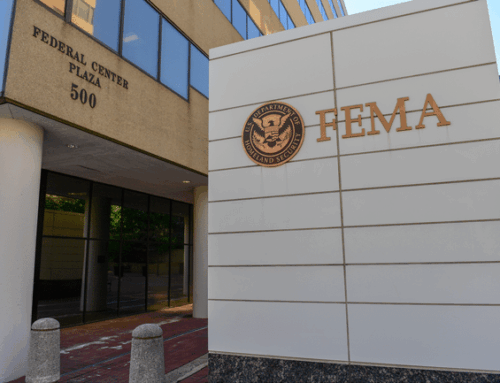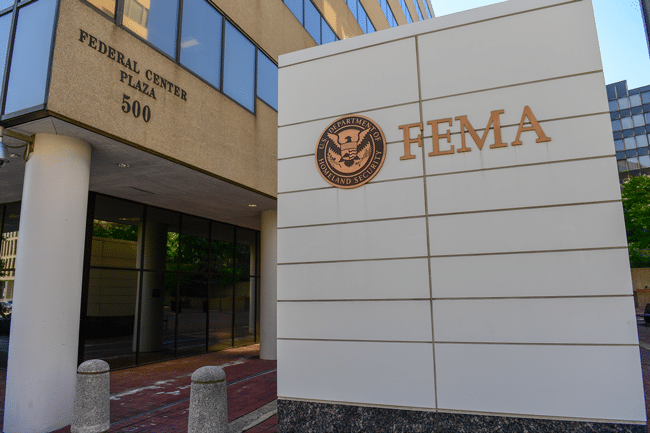At a recent hearing before the House Transportation and Infrastructure Committee's emergency management panel, lawmakers dug into the Federal Emergency Management Agency's failure to deliver timely disaster recovery. From Hurricane Katrina-era projects still languishing in the Gulf to the abrupt cancellation of the BRIC mitigation program, the hearing laid bare a system plagued by red tape, internal dysfunction, and unclear priorities. Witnesses painted a picture of an agency whose processes are so convoluted that communities are left waiting years for reimbursements, mitigation projects are shelved midstream, and billions in taxpayer funds remain tied up in bureaucratic limbo. There was broad agreement that the current system isn't working—but little consensus on how to fix it.
FEMA's Decades-Long Backlog Leaves Communities Waiting and Taxpayer Funds Idle
Projects from disasters as far back as Hurricane Katrina remain unresolved in states like Mississippi and Alabama. Members of Congress expressed disbelief that, twenty years on, there are still pending claims and unfinished infrastructure tied to storms from 2005. Several witnesses blamed FEMA's internal rules for the mess. Shifting guidance, frequent changes in contracting procedures, and new layers of approval have created bottlenecks that slow reimbursements and undermine confidence in the agency's ability to deliver timely aid. Local officials are often forced to cover emergency expenses up front, with no clear timeline for when—or if—federal reimbursements will arrive. And when the money does come, it often brings more paperwork than progress.
The hearing made clear that these are not isolated failures, but structural ones. FEMA's recovery process has become a bureaucratic maze—one that costs taxpayers and slows recovery in precisely the places that can least afford it.
States vs. Feds: The Ongoing Tug-of-War Over Disaster Response Authority
Lawmakers also debated the larger question of who should be responsible for disaster response: the federal government or the states. Some members of Congress and FEMA officials argued it's time to return more responsibility to the states, restoring FEMA's original role as a backstop for only the most catastrophic disasters. They claimed that federal overreach has added confusion and inefficiency, and that giving states more authority could streamline recovery and reduce red tape.
But that argument didn't go unchallenged. Critics pointed out that many states simply don't have the resources or capacity to handle large-scale disasters on their own—especially as climate-driven catastrophes grow more frequent and costly. Without a reliable federal safety net, they warned, poorer or rural communities could be left behind, forced to navigate the same broken systems with even less support.
Instead of cutting the federal role, some argued, Congress should focus on clarifying responsibilities and improving coordination. The proliferation of overlapping programs and conflicting regulations has led to what one lawmaker called "mission confusion," making it harder—not easier—for communities to get the help they need.
BRIC Program's Abrupt Termination Undermines Mitigation and Fuels Legal Blowback
A third major theme at the hearing was the abrupt termination of FEMA's Building Resilient Infrastructure and Communities (BRIC) program, which until this spring was the agency's flagship effort to fund disaster mitigation. FEMA shut down BRIC in April 2025, canceling new and pending grant applications and clawing back undisbursed funds. Only projects with fully obligated funding and active construction were allowed to continue.
The fallout was immediate and far-reaching. Cities and counties across the country lost funding for levees, floodwalls, stormwater upgrades, and firebreaks—projects that had been in the works for years. North Carolina officials testified that more than $200 million in mitigation funding had disappeared overnight. In Pennsylvania, critical buyouts and levee projects were halted. And smaller communities, which often rely entirely on federal funds to prepare for disasters, were left without a clear path forward.
At least twenty states have joined lawsuits against FEMA, arguing the administration violated the law by canceling a Congressionally authorized program. FEMA, for its part, defended the move by claiming BRIC had become unwieldy and prone to mission drift—funding nonessential projects like bike paths. But lawmakers pushed back, noting that most BRIC grants targeted core infrastructure needs and that canceling mitigation now will only drive up disaster costs later.
The hearing also highlighted how FEMA's aid structure often leaves rural and smaller communities at a disadvantage. Because FEMA uses per capita damage thresholds to determine eligibility, localized disasters—like flash floods or wildfires—can devastate small towns without triggering federal aid. Even when funding is technically available, the application process is so complex that many communities can't navigate it without expensive consultants or in-house experts they simply don't have.
Lawmakers from both parties called for reform. Proposals included revising FEMA's eligibility thresholds to account for localized impacts, simplifying grant applications, and providing advance payments or technical assistance so that cash-strapped communities don't have to wait years for reimbursement. FEMA officials acknowledged the problem and said policy reviews are underway.
TCS believes taxpayer dollars should help communities prepare for the next disaster, not just clean up after the last one, and certainly not sit idle in unfinished projects and broken processes. Find out more here.









